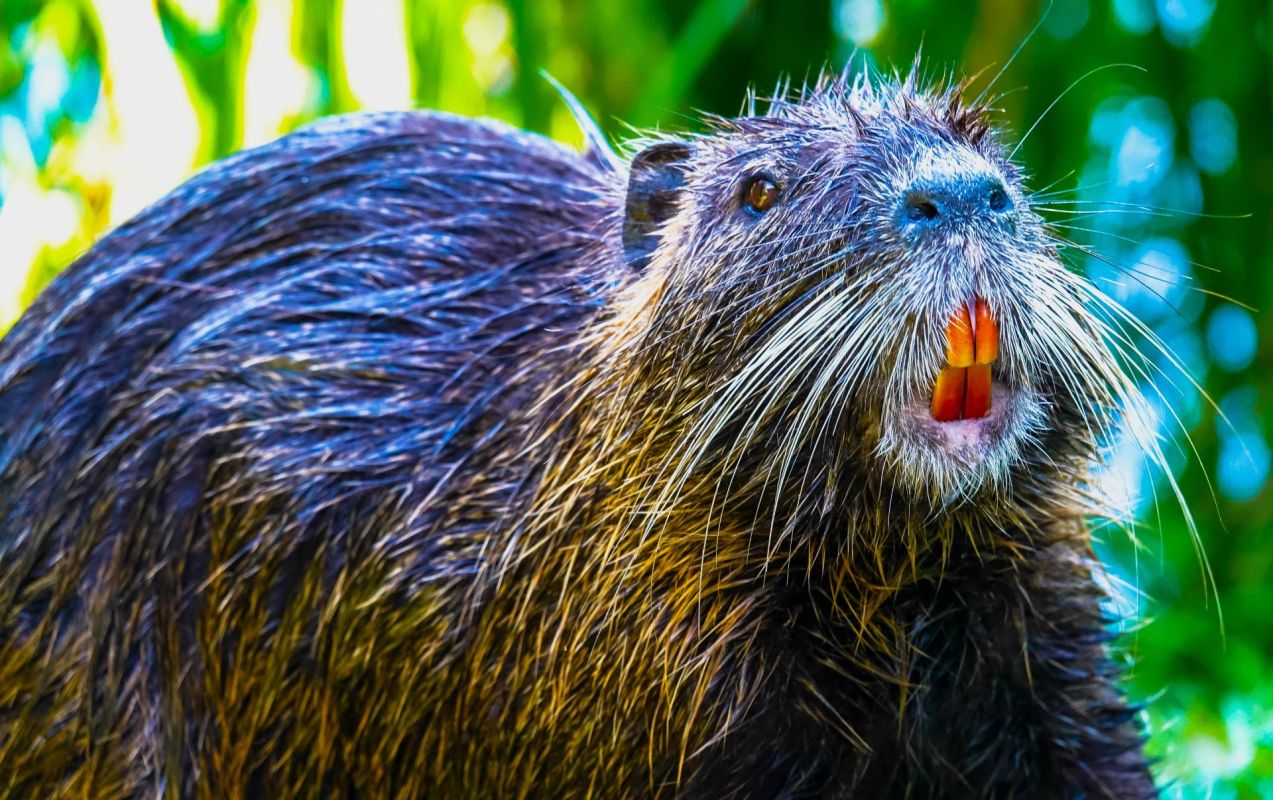Over the last few decades, a new invasive species has moved into the U.S., the Wall Street Journal reported.
Populations of nutria are spreading across a growing portion of the U.S. Many states are taking steps to eliminate the animal before it destroys local wetlands, but some, like Louisiana, are already overrun.
What are nutria?
The nutria is a large, semi-aquatic rodent with orange teeth native to South America that was brought to the United States in 1889 for its fur, according to the National Invasive Species Information Center. It is also referred to as a coypu, coypu rat, nutria rat, or swamp beaver.
While nutria may look cuddly from a distance, they usually weigh in at around 11-22 pounds (and are often more than 20 pounds), making most heavier than the average healthy housecat — and nutria can eat a quarter of their body weight in a day.
Since nutria have few natural predators in the U.S. and can reproduce year-round, nutria populations can multiply quickly. Though most live less than three years in the wild, some live longer, and a female nutria can birth up to 200 babies during a short lifespan.
Why are nutria a problem?
Since nutria are partly aquatic, they like to live in marshes, swamps, and bayous, according to the Wall Street Journal and the Internet Center for Wildlife Damage Management. When allowed to breed and become established in these areas, nutria can strip the environment bare of marsh plants, leaving only water and wreaking havoc on the larger ecosystem.
As the United States Geological Survey explains, wetlands are vital for many reasons. They help purify our water, contributing to the water sources humans rely on, while also providing natural flood protection, keeping our communities safe during extreme weather events.
The plants in wetland areas help prevent large areas of coastline from eroding, not to mention providing food and shelter for many species of animals. When nutria disrupt these natural systems, they damage water sources, property, and the environment all at once.
What's being done about the nutria explosion?
In 2015, Maryland trapped its last known nutria, the Wall Street Journal reported. It spent 20 years and $30 million to capture 14,000 nutria in hundreds of thousands of acres of territory. While the state continued looking for the invasive rodents for several years afterward, experts finally declared the state nutria-free last year.
Maryland's methods — which included a systematic grid search and radio tagging a few nutria to help researchers find more — are being adopted by other states with a nutria problem, such as California.
California representative Josh Harder even brought a taxidermied nutria to a recent committee hearing while questioning U.S. Fish and Wildlife Services about their proposed funding cuts for controlling the rodent population.
"When I came to Congress, I didn't think I would be leading the charge to eradicate swamp rats, but this is a real issue, and we have to act quickly before they fully invade our waterways," Rep. Harder said.
"I understand they're not in everyone's backyard, but they're in mine," he added. "And a lot of folks in my area would rather not have to wake up to these 'nacho cheese' teeth every morning."
Louisiana, which has been devastated by the rodents, offers a $6 bounty per nutria. It also encourages residents to kill and even eat the animals, which reportedly taste like wild rabbit.
Some local chefs have shown interest in incorporating nutria into their cuisine in an effort to bring population numbers down. A similar strategy has recently been adopted with invasive lionfish and bullfrogs.
Join our free newsletter for cool news and cool tips that make it easy to help yourself while helping the planet.









